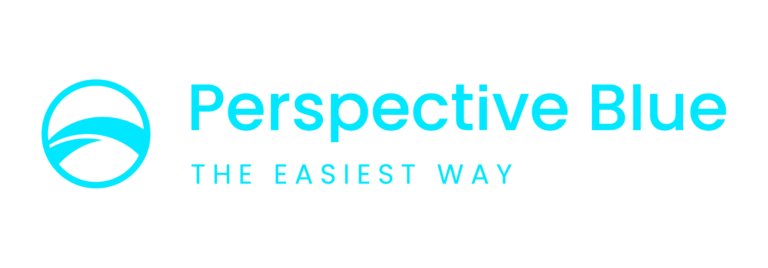In the ever-evolving landscape of work, where technological advancements and industry shifts are the norm, the concept of upskilling and reskilling has become paramount. This article explores the importance of navigating workforce transformation through strategic upskilling and reskilling initiatives, ensuring that organizations and employees stay agile in the face of change.
The Imperative of Lifelong Learning
As industries transform and job roles evolve, the traditional model of education followed by a lifelong career is giving way to a more dynamic approach. Lifelong learning, particularly through upskilling and reskilling, has emerged as a cornerstone for individual and organizational success.
Defining Upskilling and Reskilling
- Upskilling:
- Involves enhancing existing skills, often within the same domain or field. It allows employees to stay current with industry trends and technological advancements.
- Reskilling:
- Entails acquiring new skills, typically in a different domain or area of expertise. Reskilling is crucial when job roles undergo significant changes or become obsolete.
Addressing the Pace of Technological Advancements
- Explore the rapid pace of technological advancements and how they impact job requirements. Upskilling and reskilling are essential mechanisms for ensuring that employees possess the skills necessary to navigate these changes.
Aligning Skills with Organizational Goals
- Emphasize the importance of aligning upskilling and reskilling initiatives with the strategic goals of the organization. A synchronized approach ensures that employees develop skills that directly contribute to the company’s success.
The Role of Leadership in Driving Transformation
- Discuss how leadership plays a pivotal role in driving a culture of continuous learning. When leaders champion upskilling and reskilling, it permeates throughout the organization.
Building a Learning Culture
- Encourage the development of a learning culture within the organization. A culture that values and supports continuous learning fosters innovation and adaptability.
Identifying Skill Gaps and Future-Proofing
- Highlight the significance of identifying current and future skill gaps. By anticipating the skills needed for the future, organizations can proactively implement upskilling and reskilling programs to future-proof their workforce.
Tailoring Programs to Individual Development
- Recognize the diversity of employee skills and aspirations. Tailoring upskilling and reskilling programs to individual development plans enhances engagement and ensures relevance.
Leveraging Technology for Learning
- Explore the role of technology in facilitating learning initiatives. Online courses, virtual classrooms, and interactive platforms provide flexible and accessible avenues for upskilling and reskilling.
Measuring the Impact and ROI
- Emphasize the importance of measuring the impact of upskilling and reskilling programs. Metrics such as improved job performance, employee satisfaction, and adaptability to change serve as indicators of success.
Addressing Change Management
- Acknowledge that workforce transformation can be met with resistance. Effective change management strategies, communication, and transparency are vital for overcoming resistance and fostering a positive environment.
Collaboration with Educational Institutions
- Advocate for collaboration between organizations and educational institutions. This partnership ensures that educational programs align with industry needs, facilitating a smoother transition from education to employment.
Government and Industry Collaboration
- Highlight the role of collaboration between government bodies and industries in shaping policies that support upskilling and reskilling initiatives. Public-private partnerships contribute to a more robust and adaptable workforce.
Conclusion
As organizations navigate the complexities of a rapidly changing business environment, upskilling and reskilling emerge as indispensable tools for workforce transformation. By investing in continuous learning, organizations not only empower their employees but also position themselves at the forefront of innovation and competitiveness. Embracing the journey of lifelong learning is not just a strategy; it is a commitment to building a resilient, adaptable, and future-ready workforce.



